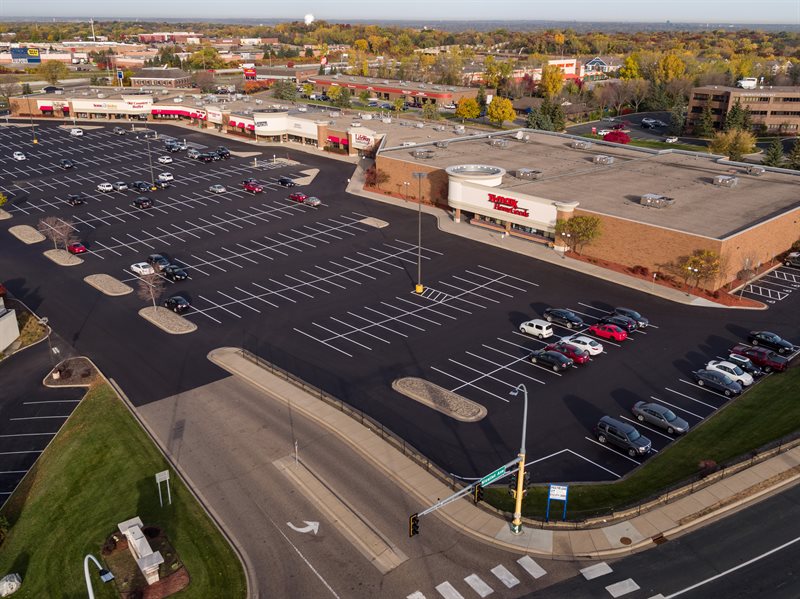Environmental concerns are driving a shift towards sustainable practices in Ohio’s parking lot construction industry. As businesses across the state look to expand or renovate their facilities, many prioritize eco-friendly solutions that balance functionality with environmental responsibility.
The Green Revolution in Asphalt
Jacob Buck, Vice President of Buck Brothers Asphalt Paving and Concrete in Toledo, Ohio, notes a growing trend among his clients. “We’re seeing more businesses ask about sustainable options for their parking lots,” Buck says. “It’s not just about having a place to park anymore; it’s about how that space impacts the environment.”
One of the key areas of focus is material selection. Asphalt, long a staple of parking lot construction, is gaining renewed attention for its environmental benefits. “Asphalt production consumes less energy and emits fewer greenhouse gases compared to other materials,” explains Buck. “Plus, we can incorporate recycled materials like reclaimed asphalt pavement, which further reduces our environmental footprint.”
Innovative Drainage Solutions
Proper drainage is another critical aspect of environmentally conscious parking lot design. Traditional lots often struggle with water pooling, leading to surface damage and increased runoff. To combat this, contractors are turning to permeable pavements.
“Permeable surfaces, whether they’re porous asphalt or pervious concrete, allow water to seep through and be absorbed by the ground,” says Dr. Emily Chen, an environmental engineer at Ohio State University. “This reduces the strain on stormwater systems and helps replenish groundwater supplies.”
These innovative materials also offer additional benefits during Ohio’s harsh winters. “Permeable pavements can decrease the need for snow plowing and salting,” Dr. Chen adds. “They facilitate better drainage and faster melting, which is a win for both maintenance crews and the environment.”
Regulatory Landscape
As businesses embrace these eco-friendly options, they must also navigate Ohio’s regulatory environment. The Ohio Environmental Protection Agency (EPA) requires permits for many parking lot projects, especially those impacting wetlands or streams.
“Compliance with Ohio EPA regulations is crucial,” states Mark Johnson, an environmental consultant based in Columbus. “Businesses need to consider stormwater management and water quality certification from the outset of their projects.”
Johnson emphasizes that these regulations aren’t just red tape. “They ensure that our construction activities don’t adversely affect the environment. It’s about preserving Ohio’s natural resources for future generations.”
Long-Term Benefits
While the initial costs of eco-friendly parking lots may be higher, many businesses find the long-term benefits outweigh the investment. Sustainable lots often require less maintenance and have longer lifespans, resulting in cost savings over time.
Moreover, as consumers become increasingly environmentally conscious, businesses with green initiatives may find themselves at a competitive advantage. “We’ve had clients tell us that their customers appreciate their efforts to reduce environmental impact,” Buck notes. “It’s becoming part of their brand identity.”
As Ohio continues to balance economic growth with environmental stewardship, the parking lot industry stands as a prime example of how innovative thinking can lead to sustainable solutions. From material selection to drainage systems, these often-overlooked spaces are becoming showcases for green technology and responsible construction practices.

